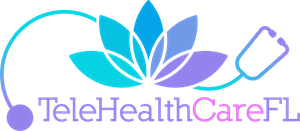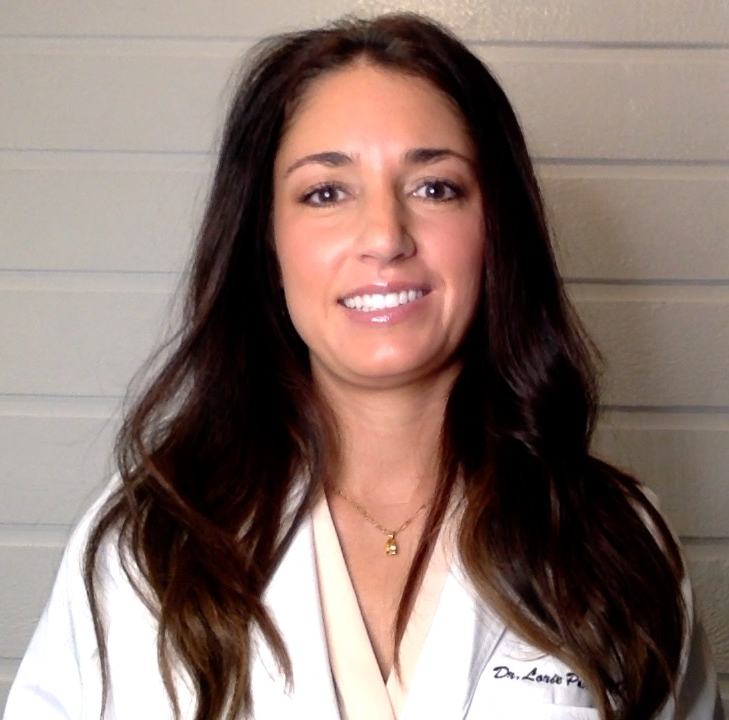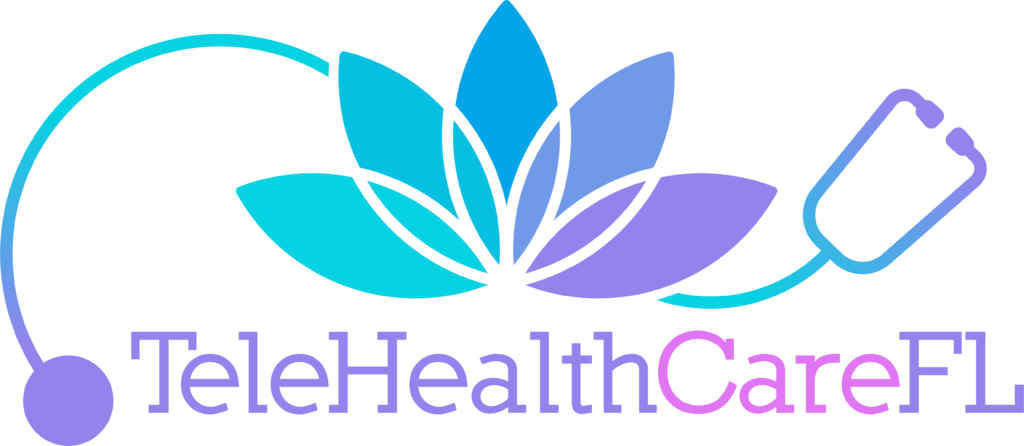It is documented that about fifty percent of individuals diagnosed with hypertension do not have their blood pressure under control. Telehealth provides an excellent opportunity for maintaining blood pressure under control, and for prescription refills for blood pressure medications.
Blood pressure monitoring may be conducted in the office as well as at home, but preparing properly is crucial. To monitor blood pressure at home, a biceps, or upper arm cuff (such as the Omron brand, which is digital and works with the touch of a button) is preferred over a wrist cuff (wrist cuffs can render false high readings). Choosing the correct cuff size is imperative. The bladder or inflatable area of the cuff should encircle 80% on the arm (biceps area) To prepare for a blood pressure reading: If you are taking blood pressure medications, the blood pressure is best checked at least 3 hours after taking your medication to determine the “treated†blood pressure reading. Logging the treated blood pressure reading will help your doctor to adjust your medication(s) as necessary.
It is important to note that lipid levels may vary depending on ethnicity and the testing laboratory. Of note: it is recommended to fast, only water & black coffee for 8 hours prior to having a lipid panel drawn. Treatment of elevated cholesterol is based on overall risk of cardiovascular disease which takes several factors into consideration and is best discussed with your doctor. There are several known risk factors for cardiovascular disease which manifests as elevated blood pressure or elevated cholesterol, or both. Live the best quality of life you can and discuss your cardiovascular health with your doctor, and partner with them to mitigate as many risk factors as possible.
Hypertension & Hyperlipidemia
Blood Pressure by the NumbersÂ
Normal blood pressure is defined as < 120 / < 80
Elevated blood pressure is defined as 120-129 / < 80
Hypertension > 130 / > 80
Home Blood Pressure Monitoring
High Cholesterol
For reference:
Desirable total cholesterol < 200
Desirable low density lipoprotein cholesterol (LDL-C) < 100
Desirable high density lipoprotein cholesterol (HDL-C) > 50 for females & > 40 for malesÂ
Desirable Triglycerides < 150
Treatment
Risk Factors for Hypertension & HyperlipemiaÂ
In Summary




